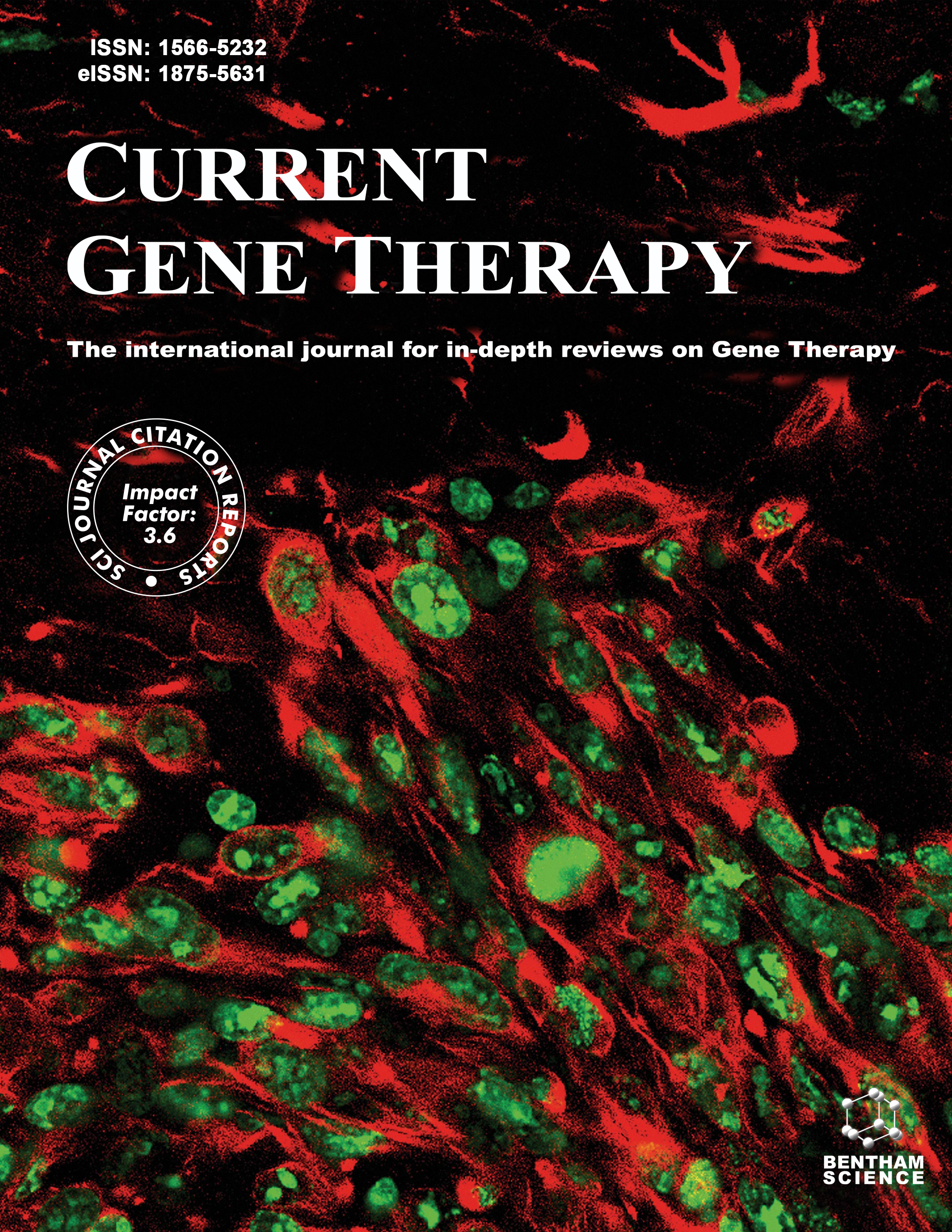
Full text loading...
We use cookies to track usage and preferences.I Understand

The role of HEPACAM family member 2 (HEPACAM2) is unclear in colorectal cancer (CRC).
The objective of this study was to perform an extensive examination of HEPACAM2 and validate it experimentally in CRC.
This study investigated the significance of HEPACAM2 in CRC and its potential diagnostic utility utilizing data from the Cancer Genome Atlas (TCGA) database. Additionally, the study examined potential regulatory networks involving HEPACAM2, including its associations with immune infiltration, immune checkpoint genes, tumor mutational burden (TMB), microsatellite instability (MSI), mRNA expression-based stemness index (mRNAsi), and drug sensitivity in CRC. The expression of HEPACAM2 was further validated using the GSE89076 dataset, and quantitative reverse transcription PCR (qRT-PCR) was employed to confirm HEPACAM2 expression levels in six pairs of CRC tissue samples.
HEPACAM2 exhibited abnormal expression patterns in various types of cancer, including CRC. A decrease in HEPACAM2 expression levels in CRC was found to be significantly correlated with the T stage (p < 0.001). Reduced HEPACAM2 expression in CRC patients was also linked to poorer overall survival (OS) (p = 0.007). The expression levels of HEPACAM2 in CRC patients were identified as an independent prognostic factor (p = 0.016). Furthermore, HEPACAM2 was associated with TCF-dependent signaling in response to WNT, G2/M checkpoints, and other pathways. The expression of HEPACAM2 in CRC was found to be associated with immune infiltration, immune checkpoint genes, TMB / MSI, and mRNAsi. Additionally, the expression of HEPACAM2 in CRC was significantly and inversely correlated with the drug sensitivities to gw772405x and 6-phenyl-6h-indeno[1,2-c]isoquinoline-5,11-dione. qRT-PCR confirmed that the expression level of HEPACAM2 was found to be lowly expressed in CRC tissues.
These findings suggest that HEPACAM2 may serve as a potential prognostic biomarker and immunotherapeutic target for CRC patients.

Article metrics loading...

Full text loading...
References


Data & Media loading...
Supplements